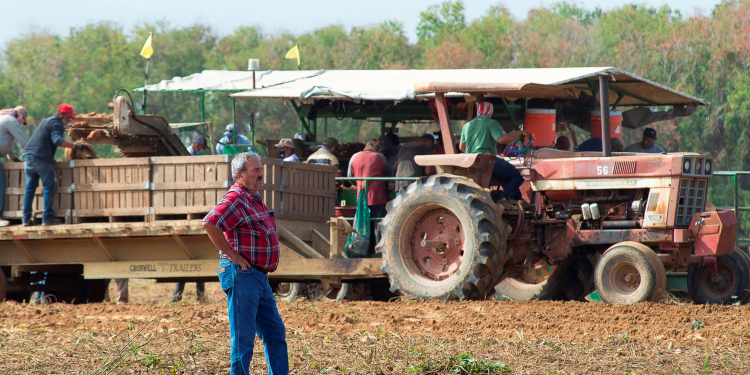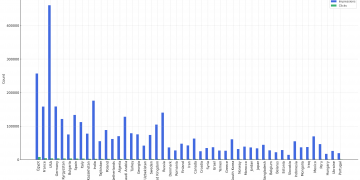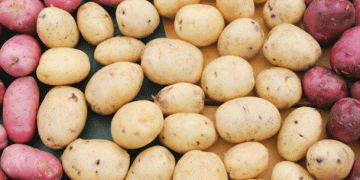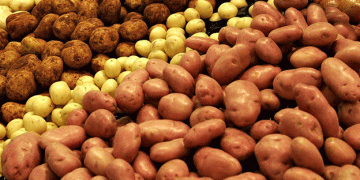Agriculture in the Classroom Canada and Farm and Food Care have teamed up to publish a 36-page document called The Real Dirt on Farming in the Classroom.
Canadian teachers have a new tool to talk about agriculture in their classroom.
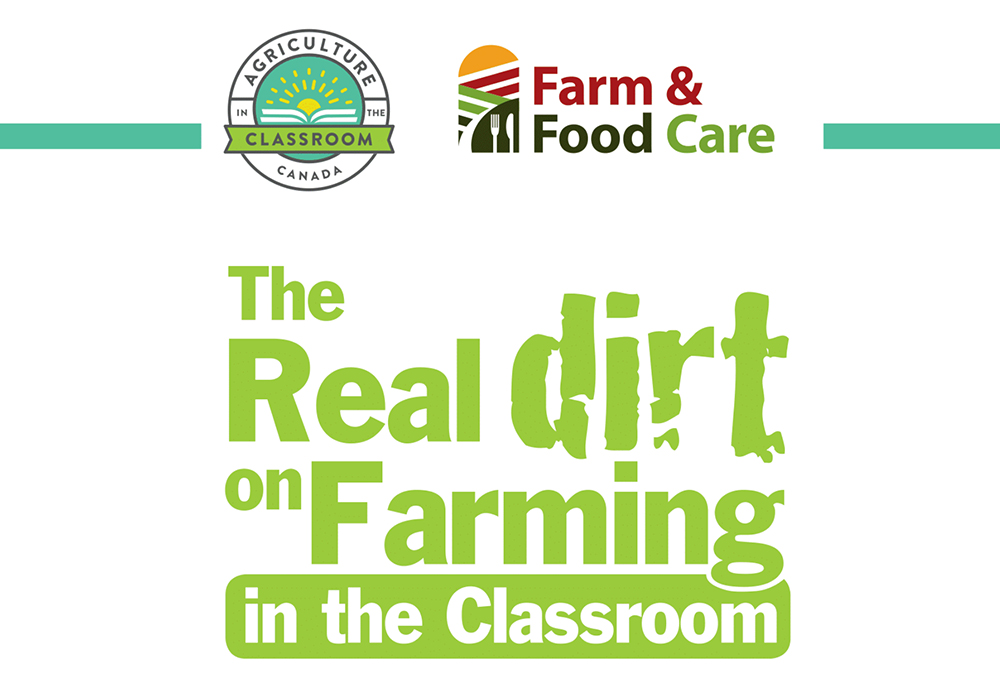
Agriculture in the Classroom Canada and Farm and Food Care have teamed up to publish a 36-page document called The Real Dirt on Farming in the Classroom.
It provides lesson plans so students can learn about animal welfare, crops and plants, sustainability and other issues connected to food and farming.
“We are pleased to bring The Real Dirt on Farming in the Classroom into the hands of Canadian educators,” said Johanne Ross, executive director of Agriculture in the Classroom Canada. “We want students to be curious and excited about learning about Canada’s agriculture and food story. Through this resource, we are providing teachers with a link to bring this story to life in the classroom.”
Farm and Food Care, which has offices in Ontario, Saskatchewan and P.E.I., has a mandate of sharing credible information about agriculture. For the last five years it has produced The Real Dirt on Farming booklet and 4.5 million copies have been distributed across Canada — at libraries, doctors’ offices, inserts in newspapers and other means.
The Real Dirt on Farming contains information on animal welfare, pesticides, GMOs and many agriculture topics, but it’s directed at adults.
“We’ve had teachers come to us: we got your booklet, we think it’s great. How do we use it in our (school) with curriculum?” said Kelly Daynard, Farm and Food Care executive director. “We’re really hoping the Agriculture in the Classroom groups, across Canada, will provide classroom sets of the Real Dirt on Farming and the classroom guide. And teachers from Grade 7 to 12 (will use it).”
The classroom guide, announced Feb. 23, will allow teachers to take content from the booklet and use it in a way that’s interesting to a 14-year-old kid.
“Packing up content in this format is the most effective way for our industry to reach the next generation who will be the decision makers of the future,” said Marty Seymour of FCC, one of the many companies and organizations that supports the The Real Dirt on Farming project.
The classroom guide can be downloaded at https://aitc-canada.ca/en-ca/
More than 120 fruit and vegetable crops are grown in Canada, on approximately 14,000 farms.
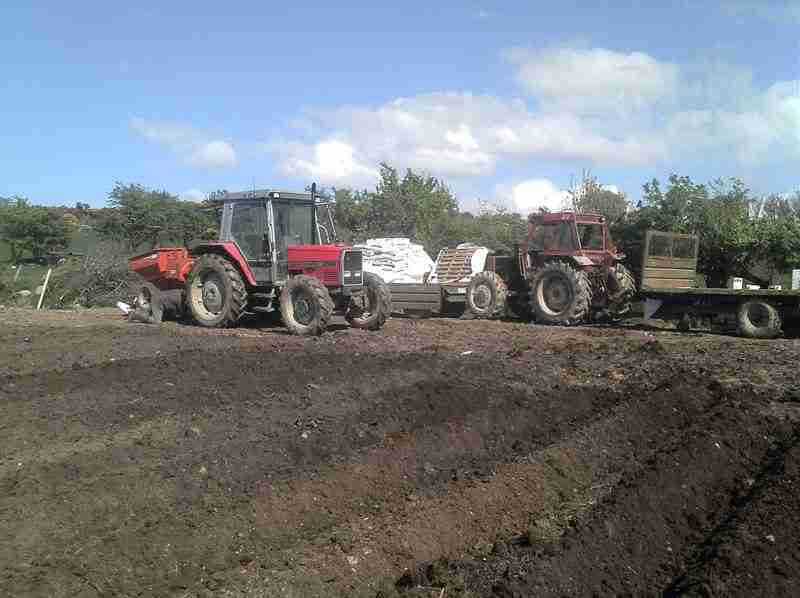
These include many long-time favourites from apples, peaches, pears, blueberries, strawberries, and grapes, to carrots, peppers, onions, lettuce, potatoes, asparagus, cabbage, cucumbers, and tomatoes, but also ginseng, cranberries, garlic, cauliflower, cherries, apricots, hazelnuts, Saskatoon berries, and many more.
British Columbia has the most fruit farms in Canada, and farmers in British Columbia, Québec, and Ontario grow 90 per cent of Canada’s fruit crops. In the early 1990s, a chance seedling (a genetically unique plant that has been unintentionally bred) was discovered on an orchard in Cawston, BC, after the farmers noticed its unique and delicious apples. This variety was later named the Ambrosia Apple, meaning “food of the gods”.
Quick Fact: Space spud – the first vegetable grown in space was a potato! NASA and the University of Wisconsin first tested seed potatoes in space aboard the Columbia space shuttle in 1995.
Ontario is Canada’s vegetable king: home to almost 70 per cent of Canada’s production of greenhouse vegetables; the leader in field vegetable production (those that are grown outside in a field instead of in a greenhouse); and also the biggest producer of mushrooms in the country. Québec and British Columbia are Canada’s other two big vegetable producing provinces.
